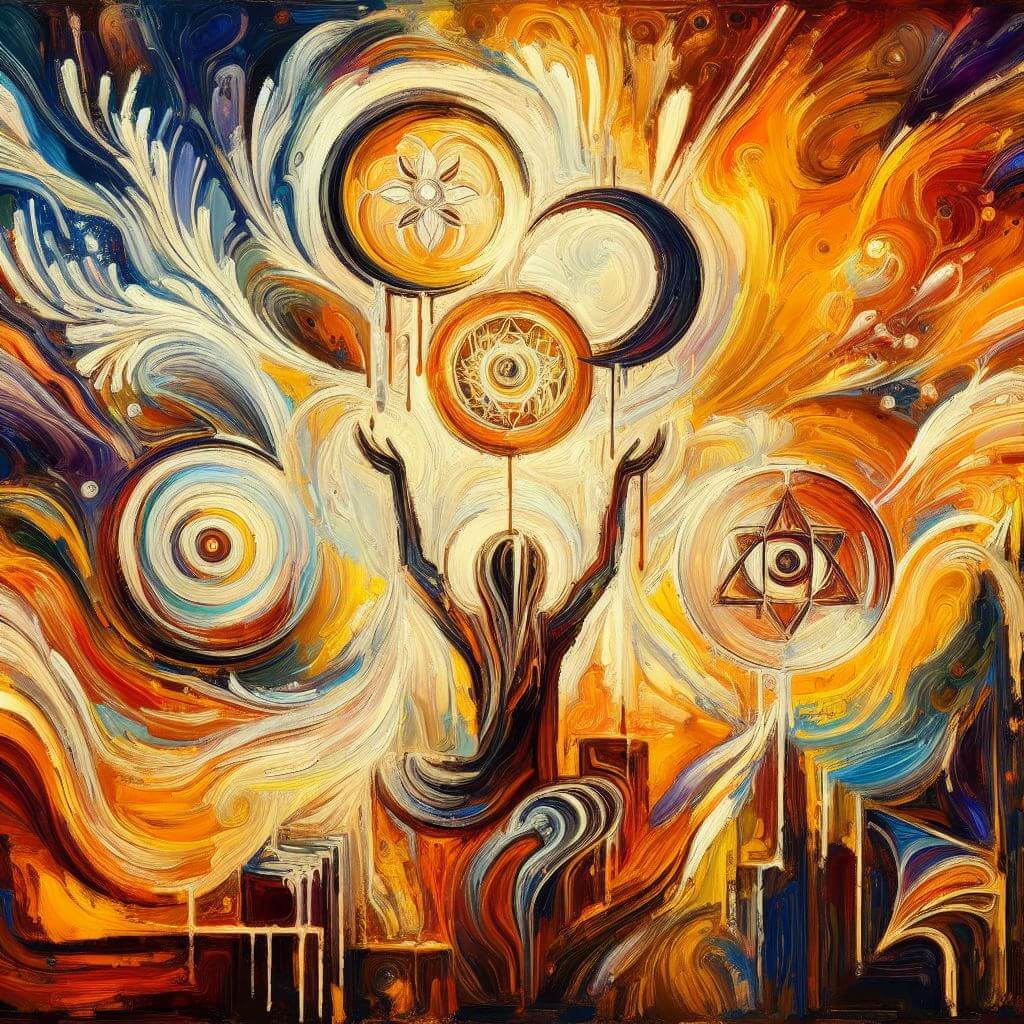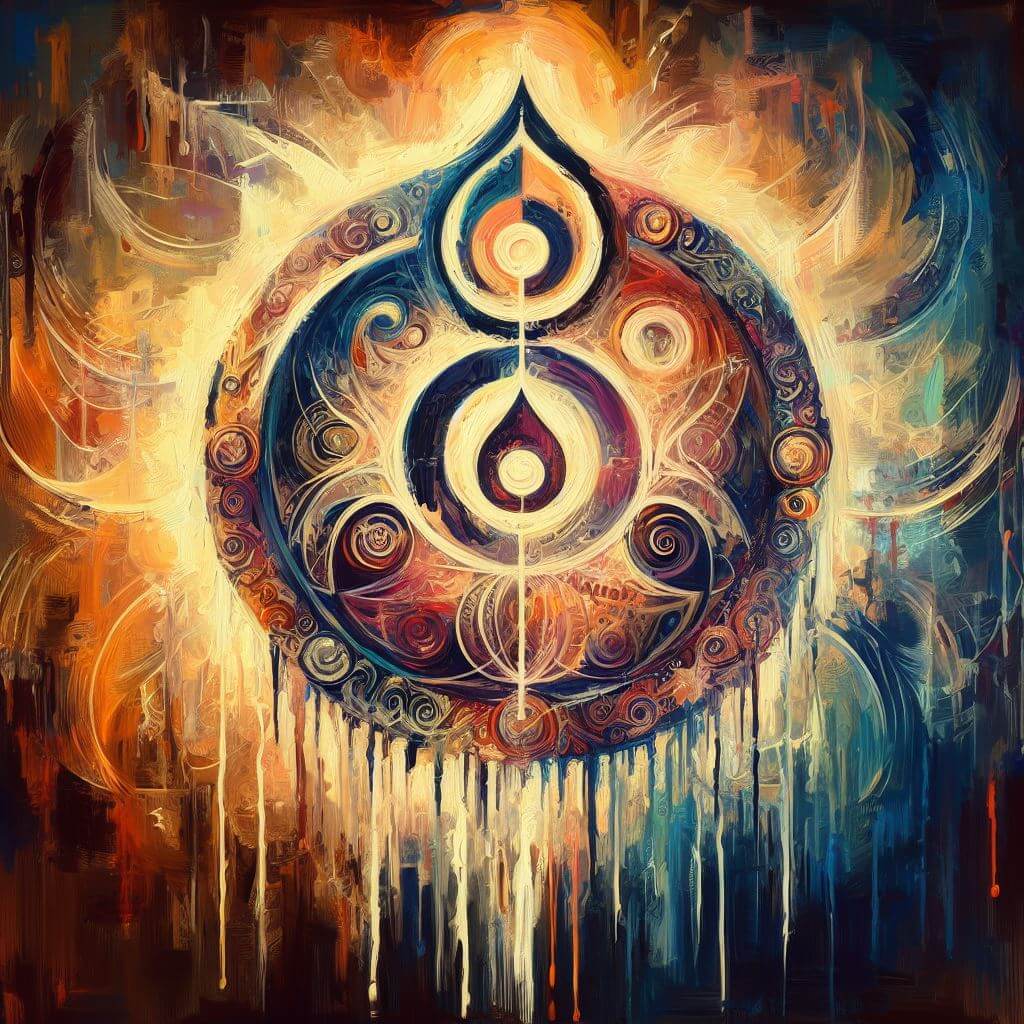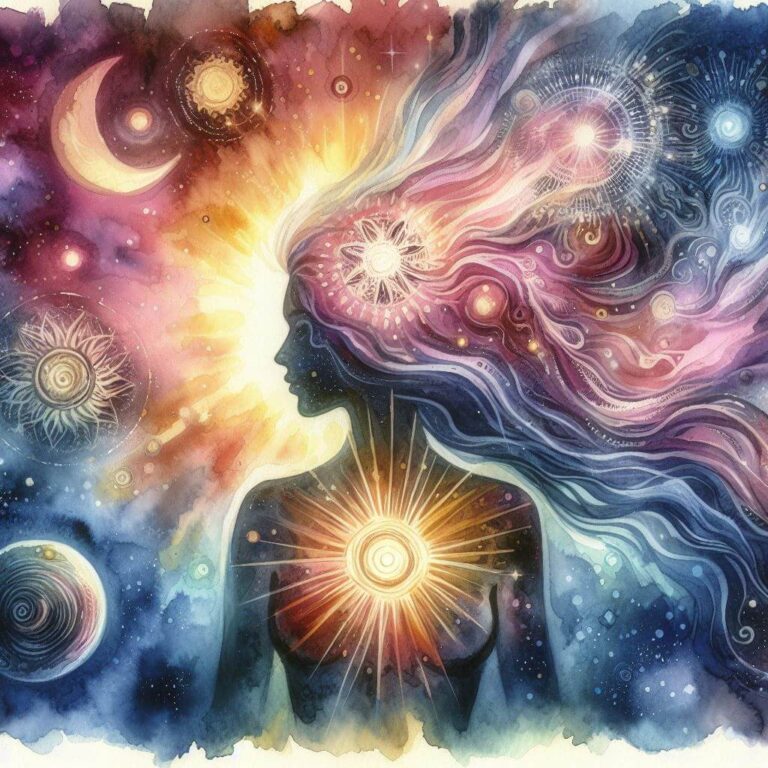
Every culture, every religion, every philosophical school of thought, they all have their unique spiritual symbols. These spiritual symbols serve as bridges, connecting us to the universe and its profound mysteries. They are keys to understanding our spiritual essence, our place in the cosmos, and our connection to everything that exists.
Take the Yin Yang for example. This ancient Chinese symbol represents the harmony of opposing forces – light and dark, fire and water, male and female. It teaches us that life is a balance, that every action has its reaction, and that peace comes from accepting this duality.
Another powerful spiritual symbol is the Lotus Flower. In Buddhist and Hindu traditions, this beautiful flower symbolizes purity and spiritual awakening. Despite growing in muddy waters, the lotus rises above, blooming perfectly clean and bright. This symbol encourages us to rise above our challenges and bloom into our full potential, regardless of our circumstances.
The Tree of Life is a spiritual symbol found in various religious traditions worldwide. It represents our connection to the earth and the cosmos, the cycle of life, death, and rebirth, and the growth of the soul. Its branches reach towards the heavens, its roots delve into the underworld, and its trunk exists in our reality, embodying the interconnectedness of all things.
Decoding Spiritual Symbols: A Journey of Discovery
When we start to delve into the world of spiritual symbols, we embark on a journey of self-discovery and personal growth. These symbols aren’t just beautiful or intriguing; they carry meanings that can transform our understanding of the universe and ourselves.
The Ankh, a key-shaped symbol from ancient Egypt, signifies life and eternal existence. It reminds us of the continuity of life, the cycle of birth, death, and rebirth, and the possibility of eternal life. The Ankh invites us to explore the concept of life beyond the physical realm, encouraging a deeper understanding of our existence.
Then there’s the Om symbol, a sacred sound and spiritual icon in Hinduism. It represents the divine energy, or ‘Shakti’, and its three main characteristics: creation, preservation, and destruction. By meditating on this symbol, one can tap into the cosmic energy and attain spiritual enlightenment.
Spiritual Symbols as Tools for Transformation
Spiritual symbols are not merely decorative or symbolic. They are transformative tools that can awaken our spiritual consciousness and guide us toward enlightenment. The Pentagram, for instance, is a powerful symbol in Wicca and other pagan religions. It represents the five elements – Earth, Air, Fire, Water, and Spirit – and the interconnectedness of everything in the universe. By reflecting on the Pentagram, one can gain a deeper understanding of nature’s balance and our role in the cosmos.
The Spiral is another significant spiritual symbol found in cultures around the globe. It symbolizes the journey of life, the cycle of time, and the growth of the soul. The Spiral encourages us to accept life’s twists and turns and to see every challenge as an opportunity for growth and transformation.

The Power of Spiritual Symbols in Everyday Life
Incorporating spiritual symbols into our daily lives can have profound effects. They serve as constant reminders of our spiritual goals and the larger truths of existence. The Hamsa Hand, a symbol from Middle Eastern cultures, is often used as a protective amulet. It represents power, strength, and blessings. Carrying a Hamsa Hand can serve as a reminder of our inner strength and the divine protection that surrounds us.
Similarly, the Mandala, a geometric pattern representing the cosmos in Hindu and Buddhist symbolism, can be used in meditation to focus the mind and foster a sense of tranquility. Meditating on a Mandala can help us connect with our inner selves and the universe, promoting peace and spiritual growth.
The Cross, a universal symbol of Christianity, symbolizes faith, sacrifice, and salvation. It serves as a reminder of Christ’s sacrifice and the promise of eternal life. Wearing a cross or having one in your home can provide comfort, faith, and a sense of spiritual connection.
The Phoenix, a mythical bird that rises from its ashes, symbolizes rebirth, renewal, and immortality in various cultures. It teaches us about resilience, about rising above adversity, and the possibility of growth and rebirth after destruction.
Spiritual symbols, in essence, provide a visual language that transcends cultural and linguistic barriers. They help us explore the uncharted territories of our souls, encouraging self-discovery, personal growth, and a deeper connection with the universe.
Spiritual Symbols: A Bridge to the Divine
Spiritual symbols are more than just historical artifacts or cultural curiosities. They are a bridge to the divine, a conduit for spiritual energy, and a tool for personal transformation. The Star of David, a central symbol in Judaism, is a prime example. Its two interlocking triangles represent the divine connection between God and the Jewish people. The upward-pointing triangle symbolizes the divine reaching down, and the downward-pointing triangle symbolizes the aspirations of humans reaching up.
The Dharma Wheel, a key symbol in Buddhism, represents the Eightfold Path to enlightenment. Each spoke of the wheel symbolizes a different aspect of the path: right view, right intention, right speech, right action, right livelihood, right effort, right mindfulness, and right concentration. By meditating on the Dharma Wheel, one can gain a deeper understanding of the path to enlightenment and the steps needed to achieve it.

The Universal Language of Spiritual Symbols
In every corner of the world, in every culture and religion, spiritual symbols speak a universal language. They tell tales of cosmic truths, spiritual wisdom, and the eternal quest for enlightenment. The Infinity Symbol, a figure-eight lying on its side, is a perfect illustration. It represents the concept of infinity, the limitless, the boundless, and the eternal. It’s a powerful reminder of the infinite possibilities that life holds, the everlasting nature of the universe, and our limitless potential.
Spiritual symbols offer a rich tapestry of wisdom, guiding us on our spiritual journey. They serve as beacons, illuminating our path and helping us navigate the complexities of life. They inspire us, empower us, and connect us to the divine and the universe at large. By understanding and embracing spiritual symbols, we can enrich our spiritual practice and deepen our connection with the cosmos.



